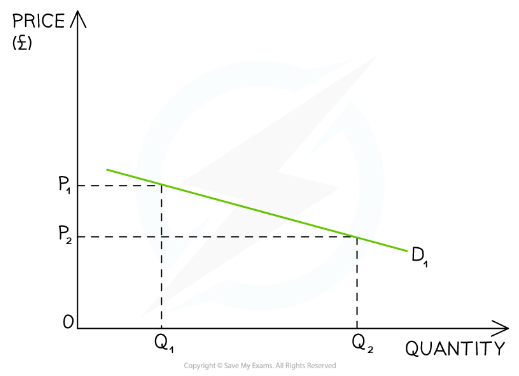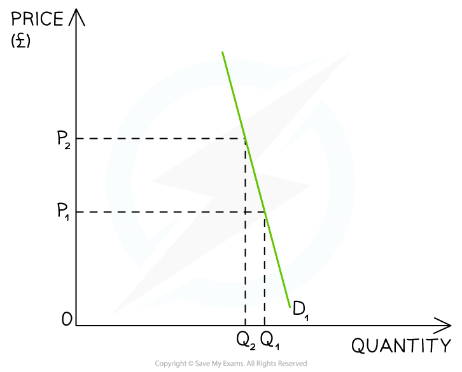Dynamic Pricing Strategy
- Dynamic pricing involves charging different prices to match demand patterns
- It aims to maximise revenue whilst making full use of capacity available
- Prices are raised if demand is high and limited capacity remains
- Prices are lowered if demand is low and needs to be stimulated to maximise capacity utilisation
Examples of Dynamic Pricing
| Disneyland Paris Resort | American Airlines |
|
|
|
|
|
- Dynamic pricing can be used very effectively online
- Demand is tracked in real time and prices can be programmed to change accordingly
- Using artificial intelligence (AI) Amazon can change prices on products several times a day according to market demands
- Advanced algorithms analyse sales data, detect patterns and make price changes at a fraction of the speed of competitors
- This allows Amazon to nearly always have the most compelling offers faster than other retailers
The Advantages & Disadvantages of Dynamic Pricing
Advantages |
Disadvantages |
|
|
|
|
|
|
|
|
Exam Tip
Students often confuse the negative sign of the answer to PED questions. Do not assume that the negative is mathematical such that an elasticity of -1 is smaller than, for example, -0.3. It is larger (more price elastic).
When interpreting the value of PED do not say that ‘the product is elastic or inelastic’, it is better to say that ‘demand for the product is price elastic or price inelastic’.









